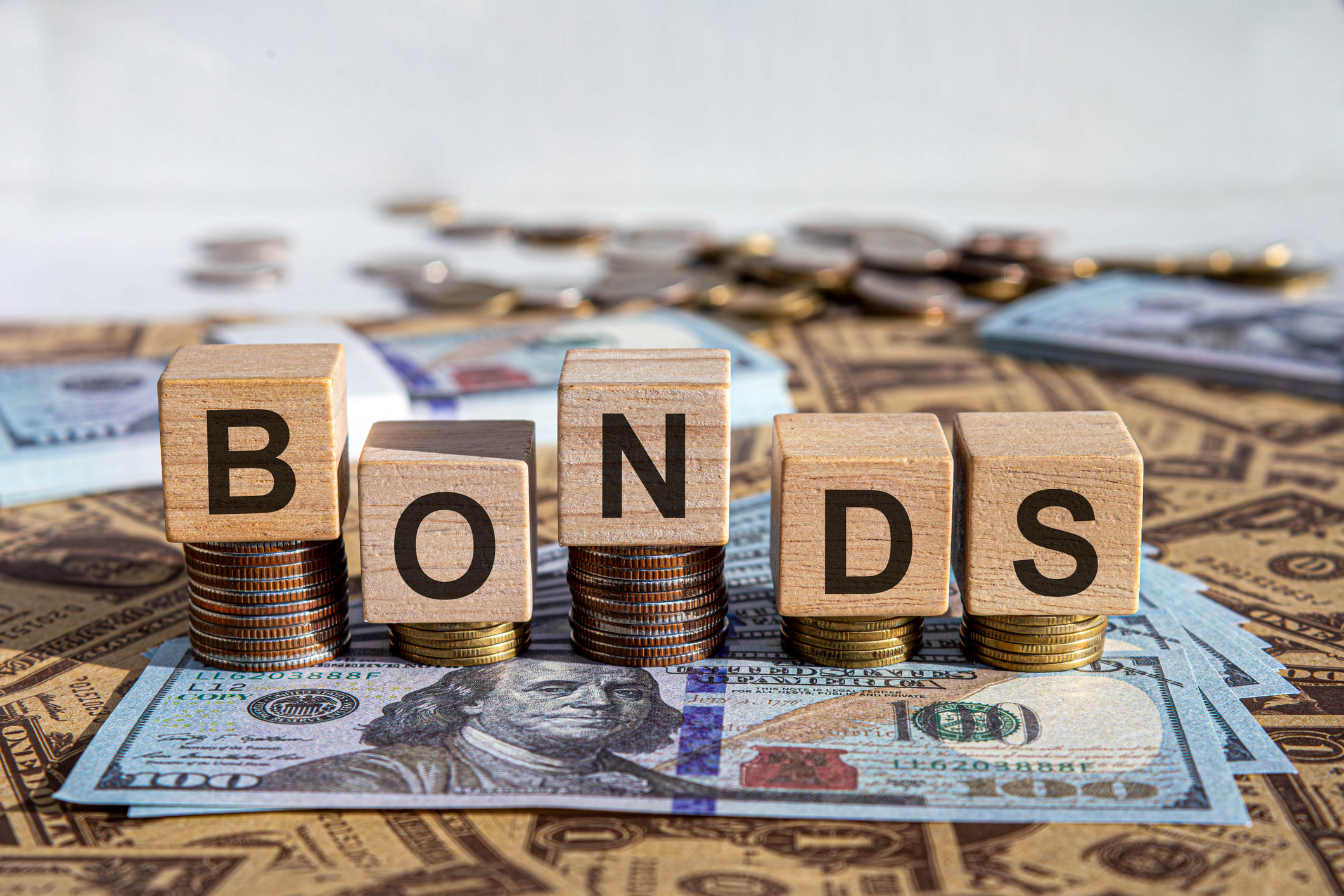Kiplinger's Stock Market Update
We're raising our forecast for 2012 gains, but there are plenty of risks.

When it comes to the stock market, crystal-ball-gazing is humbling work. Just ask all those brokerage strategists who in late 2007 were predicting that U.S. stocks would deliver double-digit gains the following year. As it turned out, the market lost 37% in 2008. Oops!
One quarter into 2012, the same thing is happening again, only in reverse and to a smaller degree (so far). As the Wall Street Journal pointed out in a story published March 28, strategists at 11 financial firms, on average, forecast at the start of the year that Standard & Poor's 500-stock index would finish 2012 at 1362. The index closed at 1403.28 on March 29, 3% above the average price target. The S&P 500 has advanced 12% so far this year, putting it on course for its best first-quarter gain since 1998.
When it comes to calling the markets, Kiplinger hasn't always covered itself in glory, either. We, too, went into 2008 predicting that stocks would advance that year, and late last year we called for the S&P 500 to return 7% to 9% in 2012. So the market, which loves to confound everyone, from guru to the rankest amateur, blew right past our projection in three months.
From just $107.88 $24.99 for Kiplinger Personal Finance
Become a smarter, better informed investor. Subscribe from just $107.88 $24.99, plus get up to 4 Special Issues

Sign up for Kiplinger’s Free Newsletters
Profit and prosper with the best of expert advice on investing, taxes, retirement, personal finance and more - straight to your e-mail.
Profit and prosper with the best of expert advice - straight to your e-mail.
To some extent, this year's torrid advance is simply a matter of stocks playing catch-up. The market went nowhere last year despite solid profit gains (earnings for the S&P 500 companies climbed 15% in 2011).
But there are plenty of other good reasons why stocks have been advancing -- and should continue to do so. As a result, we're now forecasting that the S&P 500 will deliver a total return (including dividends) of 12% to 15% in 2012.
The most bullish argument for stocks is that the economy is improving. First-time applications for jobless benefits are at a four-year low, and over the past three months, the private sector has created more than 750,000 jobs. Housing starts and auto sales are up. Consumers are becoming more confident and opening up their wallets.
All of this translates into better prospects for corporate America. Although analysts expect first-quarter earnings to rise only 2% from the same period a year ago, they see profits for all of 2012 increasing by 8% from 2011. After a lull last year during which many industry analysts trimmed their forecasts, lately the analysts have been raising their revenue and profit projections.
Despite the market's sharp advance -- the S&P has gained 28% since a correction ended last October 3 -- stocks are still reasonably valued. At the March 29 close, the index traded at 13 times estimated 2012 earnings. That compares favorably to the market's long-term average price-earnings ratio of 15.
Stocks continue to look appealing in comparison with the competition. Ten-year Treasury bonds yield only 2.2%, and short-term investments, such as money market funds and savings accounts, pay nothing. Although the economy appears to be on the mend, Federal Reserve chairman Ben Bernanke has promised to keep short-term interest rates at rock-bottom levels for the indefinite future.
And there's plenty of ammunition for further gains in share prices. Citigroup strategist Tobias Levkovich notes that individuals are sitting on more than $8 trillion in household deposits and that corporations hold more than $2 trillion in cash, some of which will be used to buy back their own shares. Individuals poured more than $62 billion into bond funds in the first two months of 2012 while pulling $1.6 billion out of stock funds. That trend should reverse when investors start seeing that the once-fabulous returns from bond funds, which were fueled by declining yields, are a thing of the past (bond prices and yields move in opposite directions).
Of course, risks abound. Rising gasoline prices are pinching consumers and threatening to slow the economy. As it is, some bearish seers think the unusually mild winter gave recent economic data an artificial boost. Growth in China, the main driver of global economic expansion, is decelerating. The European debt crisis, arguably the main cause of last year's market woes, has been patched up but could explode again (next big sources of concern: Portugal and Spain). And, of course, there's the risk of a new war in the Middle East, which would almost certainly lead to even higher crude oil prices.
The other big danger is that the U.S. might fall off a fiscal cliff. Unless Congress acts before the start of next year, the so-called Bush tax cuts will expire, as will the "temporary" payroll tax reduction and certain jobless benefits. Plus, Uncle Sam will be required to cut spending by $1.2 trillion over the next ten years. If all of this were allowed to happen, the impact on the economy could be disastrous.
Many experts expect Congress to punt on addressing the potential crisis until after Election Day in a lame-duck session. But investors, who always look ahead, are likely to start worrying about the approaching precipice in late summer or early fall.
Economist Ed Yardeni has addressed these concerns by maintaining his bullish price target for the market but advancing its achievement from the end of the year to the end of the summer. Yardeni sees the S&P 500 at 1450 to 1550 by that time. At 1500, the market would be up another 7% from the March 29 close and ahead 19% for the year. "Then all bets are off given the uncertainty about fiscal policy," Yardeni writes. His argument is plausible and suggests that you should maintain your stock positions for at least a few more months.
Or you can just let your long-term investment plan dictate your actions. Assuming that your investments are diversified among stocks, bonds and perhaps other categories, you probably have more in stocks than you did at the end of September and at the end of the year. Rebalance at the end of the quarter to bring your stock allocation in line with the desired amount. You could lose out if the market continues to rise, but you'll lose less sleep if the market takes a dive.
It never hurts to take some of your profits off the table after a wild ride up. And if there are stocks on your sell list, this is a good time to unload them. But we'll hazard a guess that when push comes to shove, Congress will reach a budget accommodation that keeps the economy from falling off the cliff. That should mean the market will be higher by year-end than it is today.
ORDER NOW: Buy Kiplinger’s Mutual Funds 2012 special issue for in-depth guidance on the only investments you need.
Profit and prosper with the best of Kiplinger's advice on investing, taxes, retirement, personal finance and much more. Delivered daily. Enter your email in the box and click Sign Me Up.

-
 Changes Are Coming for This Invesco Bond Fund
Changes Are Coming for This Invesco Bond FundThe Invesco BulletShares 2026 Corporate Bond ETF's bonds will mature in 2026. Here's what investors should do.
-
 What Science Reveals About Money and a Happy Retirement
What Science Reveals About Money and a Happy RetirementWhether you’re still planning or already retired, these research-based insights point the way to your best post-work life.
-
 7 Retirement Planning Trends: What They Mean for You in 2026
7 Retirement Planning Trends: What They Mean for You in 2026From government shutdowns to market swings, the past 12 months have been nothing if not eventful. The key trends can help you improve your own financial plan.
-
 If You'd Put $1,000 Into Coca-Cola Stock 20 Years Ago, Here's What You'd Have Today
If You'd Put $1,000 Into Coca-Cola Stock 20 Years Ago, Here's What You'd Have TodayEven with its reliable dividend growth and generous stock buybacks, Coca-Cola has underperformed the broad market in the long term.
-
 If You Put $1,000 into Qualcomm Stock 20 Years Ago, Here's What You Would Have Today
If You Put $1,000 into Qualcomm Stock 20 Years Ago, Here's What You Would Have TodayQualcomm stock has been a big disappointment for truly long-term investors.
-
 If You'd Put $1,000 Into Home Depot Stock 20 Years Ago, Here's What You'd Have Today
If You'd Put $1,000 Into Home Depot Stock 20 Years Ago, Here's What You'd Have TodayHome Depot stock has been a buy-and-hold banger for truly long-term investors.
-
 What the Rich Know About Investing That You Don't
What the Rich Know About Investing That You Don'tPeople like Warren Buffett become people like Warren Buffett by following basic rules and being disciplined. Here's how to accumulate real wealth.
-
 If You'd Put $1,000 Into Bank of America Stock 20 Years Ago, Here's What You'd Have Today
If You'd Put $1,000 Into Bank of America Stock 20 Years Ago, Here's What You'd Have TodayBank of America stock has been a massive buy-and-hold bust.
-

 If You'd Put $1,000 Into Oracle Stock 20 Years Ago, Here's What You'd Have Today
If You'd Put $1,000 Into Oracle Stock 20 Years Ago, Here's What You'd Have TodayORCL Oracle stock has been an outstanding buy-and-hold bet for decades.
-
 How to Invest for Rising Data Integrity Risk
How to Invest for Rising Data Integrity RiskAmid a broad assault on venerable institutions, President Trump has targeted agencies responsible for data critical to markets. How should investors respond?
-
 If You'd Put $1,000 Into Sherwin-Williams Stock 20 Years Ago, Here's What You'd Have Today
If You'd Put $1,000 Into Sherwin-Williams Stock 20 Years Ago, Here's What You'd Have TodaySherwin-Williams stock has clobbered the broader market by a wide margin for a long time.